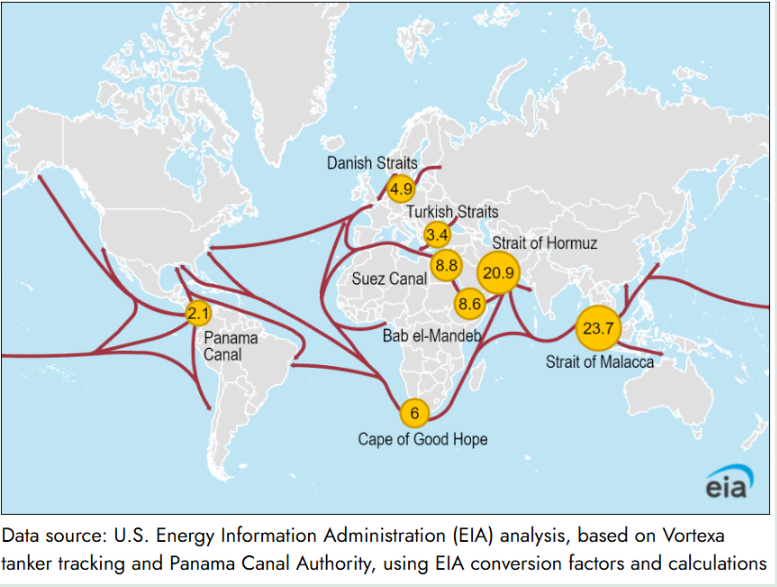Oil Price Forecast: WTI Eases As Markets Eye Israel-Iran Conflict, Hopes For De-Escalation

Image Source: Pixabay
- West Texas Intermediate (WTI) is heading lower on Monday after a nearly 6% rally on Friday.
- The Israel-Iran conflict places the Strait of Hormuz at risk, raising concerns over potential supply disruptions.
- WTI breaks $70.00 support level as Iran seeks assurances of US non-intervention before proceeding with nuclear talks.
WTI Oil prices are easing on Monday, retracing part of Friday’s nearly 6% surge after slipping from the key $70 level, now holding as resistance.
Traders remain on edge over escalating Israel–Iran tensions, most recently encapsulated by US President Donald Trump’s comments outside the White House on Monday.
According to Reuters, Trump said that he “hopes Israel and Iran can broker a deal,” yet conceded that “sometimes they have to fight it out.” Such mixed signals of potential de-escalation alongside outright conflict keep the crude risk premium elevated.
Meanwhile, the Wall Street Journal (WSJ) reported that Iran has used intermediaries in Arab capitals to convey messages that it seeks to avoid direct US military involvement while negotiating a pause or de-escalation. An Arab official said that “The Iranians know the US is supporting Israel in its defense, and they are sure the U.S. is supporting Israel logistically,” But they want guarantees the US won’t join the attacks.”
In response, Oil has moved below $70.00, which now provides resistance for the near-term move.
However, if there is no deal and the conflict persists, additional risks remain, primarily those associated with the Strait of Hormuz.
As illustrated in the chart below, this is a critical chokepoint through which about 18–19 million barrels per day, or roughly 20% of global oil consumption, passes.

The Strait of Hormuz is a slim waterway wedged between Iran’s southern coast and Oman’s Musandam peninsula, serving as the lone sea exit for Persian Gulf oilfields into the Arabian Sea.
Because it narrows to barely 20–30 miles across with only two designated tanker lanes, and because there is no fully equivalent shipping alternative, any military flare-up or threat of closure there immediately chokes off a fifth of the world’s oil trade. That instant squeeze on supply drives up tanker rates and insurance premiums and, in turn, pushes benchmarks like WTI sharply higher.
As per the chart, published by the US Energy Information Administration, approximately 20.9 million barrels per day, roughly 20% of global petroleum-liquids consumption and over 25% of seaborne-traded crude, was shipped through this corridor in 2023.
Because there is no fully equivalent shipping alternative and only limited bypass capacity via pipelines in Saudi Arabia and the United Arab Emirates (UAE), any military flare-up, blockade, or threat of closure instantly tightens global supply, pushes tanker freight and insurance rates higher, and can spark a rapid surge in WTI prices.
More By This Author:
Gold Eases After Hitting A Two-Month High Amid Escalating Israel-Iran Hostilities
Oil Price Forecast: WTI Rallies To $74 Before Settling Above $72
USD/CAD Breaks 1.3600 As U.S. Dollar Weakness Returns
Disclosure: The data contained in this article is not necessarily real-time nor accurate, and analyses are the opinions of the author and do not represent the recommendations of ...
more


